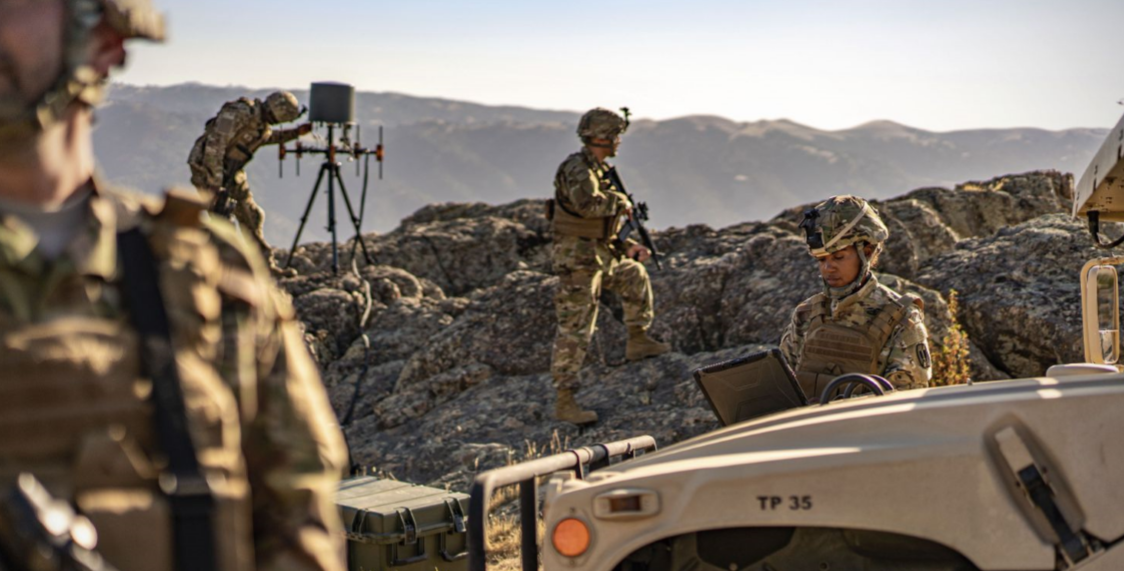- About
- Intara
- Capabilities
- Advisory
- Resources
- News
- Store

5G force: Preparing to operate on an increasingly crowded spectrum
Date Posted: 22 Jun 2020
Author: Tom Withington, Toulouse
Publication: Janes International Defence Review
Fifth-generation or ‘5G’ has become a catch-all term for an emerging series of wireless communications protocols that proponents say will give enhanced data speeds, potentially of up to 2 Gb/s, and the capacity of cellular networks to host a greater number of users compared with existing fourth generation (4G) and Long Term Evolution (LTE) wireless protocols.
5G, which is being rolled out across the world by various telecommunications companies, inhabits several low-band,mid-band, and millimetre-wave (MMW) segments of the radio spectrum.
Low-band 5G frequencies are similar to those used by 4G, typically about 400 MHz to 3.4 GHz. Mid-band 5G encompasses frequencies of 2.4-4.2 GHz, and MMW 5G inhabits frequencies of 24 GHz up to 72 GHz. These are disambiguated from the traditional low-band, mid-band, and MMW frequency ranges.
These 5G wavebands include frequencies used by the world’s armed forces for tasks such as conventional tactical communications, satellite communications (satcoms), and radar. The Very/Ultra High Frequency (V/UHF) band of 30 MHz to 3 GHz also comprises those frequencies used by 4G and are earmarked for low-band 5G.
V/UHF is widely used by armed forces for radio communication and for military and civilian satcoms across wavebands of 240–270 MHz, while the 5G mid-band includes S-band (2–4 GHz). The International Telecommunications Union, the United Nations organisation charged with globally regulating the radio spectrum, has reserved bandwidth segments of 2.3–2.5 GHz and 2.7–3.7 GHz for military radars. Such radars are typically used for ground-based and naval air surveillance.
The MMW frequencies of 5G also include wavebands used by military radars and satcoms. For example, K-band (18–27 GHz) and Ka-band (27–40 GHz) is employed for fire control, weapons guidance, and some airborne surveillance radars. Likewise, Ka-band is used for satcoms. “The number one issue is the diversity of frequency allocations for 5G and this will become a critical issue for military operations,” argues Kevin Davis, vice-president of product and channel management at signals intelligence specialists TCI.
Already a Janes subscriber? Read the full article
Like to know more?
 5g force: Preparing to operate on an increasingly crowded spectrum
5g force: Preparing to operate on an increasingly crowded spectrum